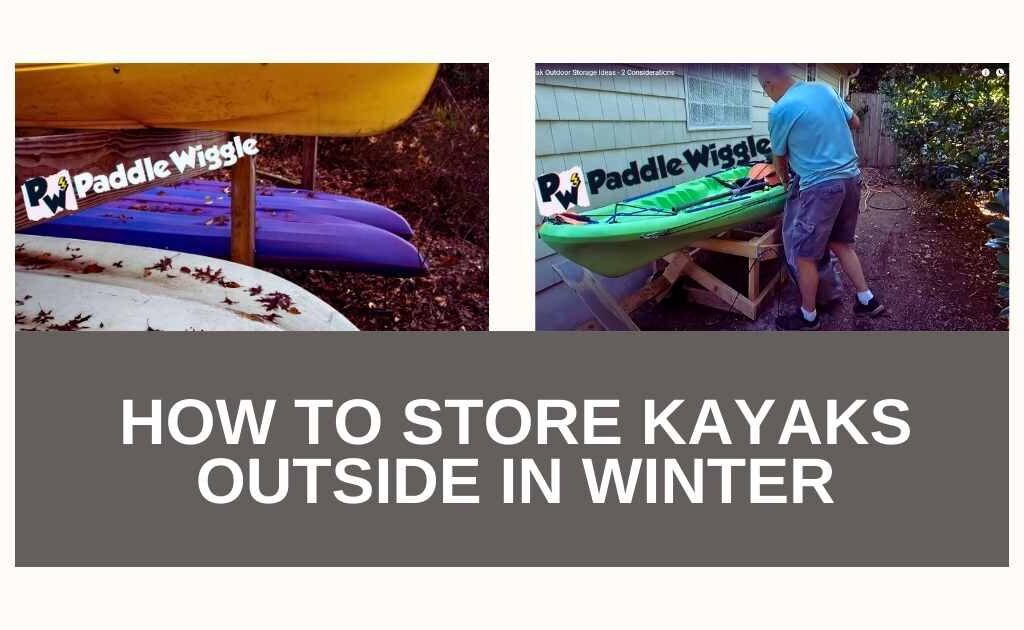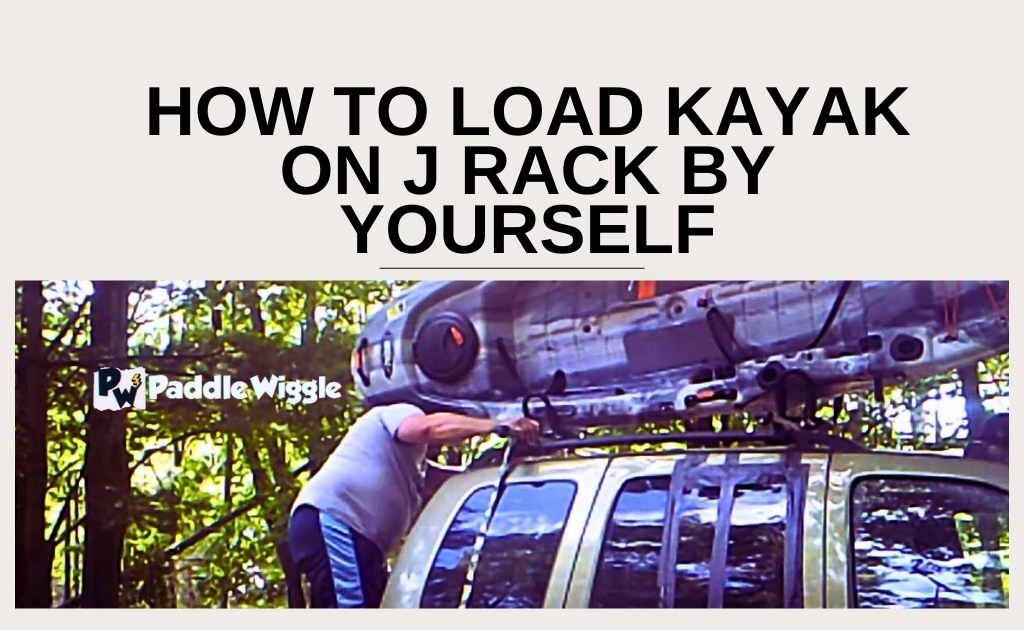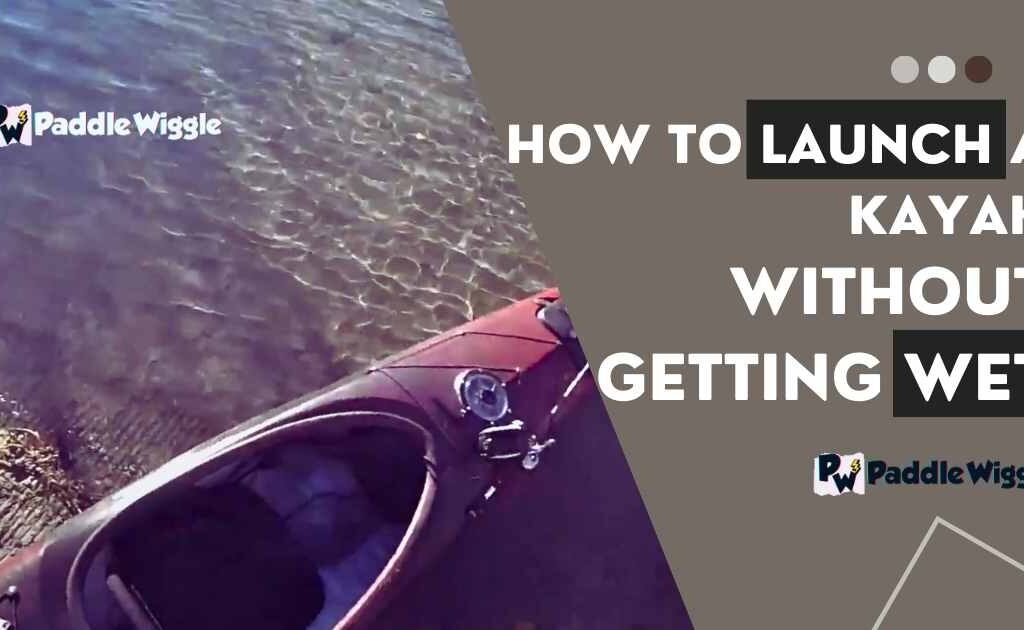There’s a unique sense of freedom that comes with kayaking, where each paddle stroke propels you closer to nature’s beauty. As you paddle through serene waters, you might find yourself wondering, “How long will it take me to kayak a mile?” This seemingly simple question can have various answers depending on several factors, including your skill level, the type of kayak you’re using, the water conditions, and your paddling technique.
On average, experienced kayakers can paddle a mile in about 20 minutes. This estimate, however, should be taken as a rough guideline, as individual speeds can vary significantly based on several factors.
There are several factors that come into play. First and foremost is your own personal speed and endurance. Everyone paddles at their own pace, so there’s no fixed duration for covering that distance.
But that’s not all – the conditions of the water also play a significant role. Calm waters with no wind or current will allow you to glide through more effortlessly, while rougher waters may slow you down.
Contents


Factors Affecting Time To Kayak A Mile
The time it takes to paddle a mile can vary depending on several factors. Let’s explore some of these factors that can influence how long it takes to kayak a mile.
Type Of Kayak Used
The type of kayak you use can have a significant impact on your paddling speed and efficiency. There are different kinds of kayaks made for different things like having fun, exploring, or racing. Recreational kayaks are wider and more stable, so they’re good for people who are just starting or don’t kayak often.
On the other hand, touring or racing kayaks are slimmer and faster, but they need more skill to use. So, if you’re in a recreational kayak, it might take you longer to go a mile compared to someone in a racing kayak.
Weather Conditions
Weather conditions play a crucial role in determining how quickly you can paddle a mile. Things like how fast the wind is blowing, where it’s coming from, and how the water is moving can help you or slow you down. If you’re paddling into strong winds or fighting strong currents, it will take longer to go the distance. But if you have the wind at your back or gentle currents helping you, you can paddle faster and get to the end of the mile more quickly.
Skill Level And Technique
Your skill level and technique are also key factors that affect your paddling speed. People who are really good at kayaking and know how to paddle well can make each stroke count and move through the water quickly. They also have more control over their kayak and can handle rough water and obstacles better.
But if you’re just starting, it might take longer to go a mile because your strokes aren’t as good, and you might not know your kayak as well.
Average Kayak Speed For A Mile
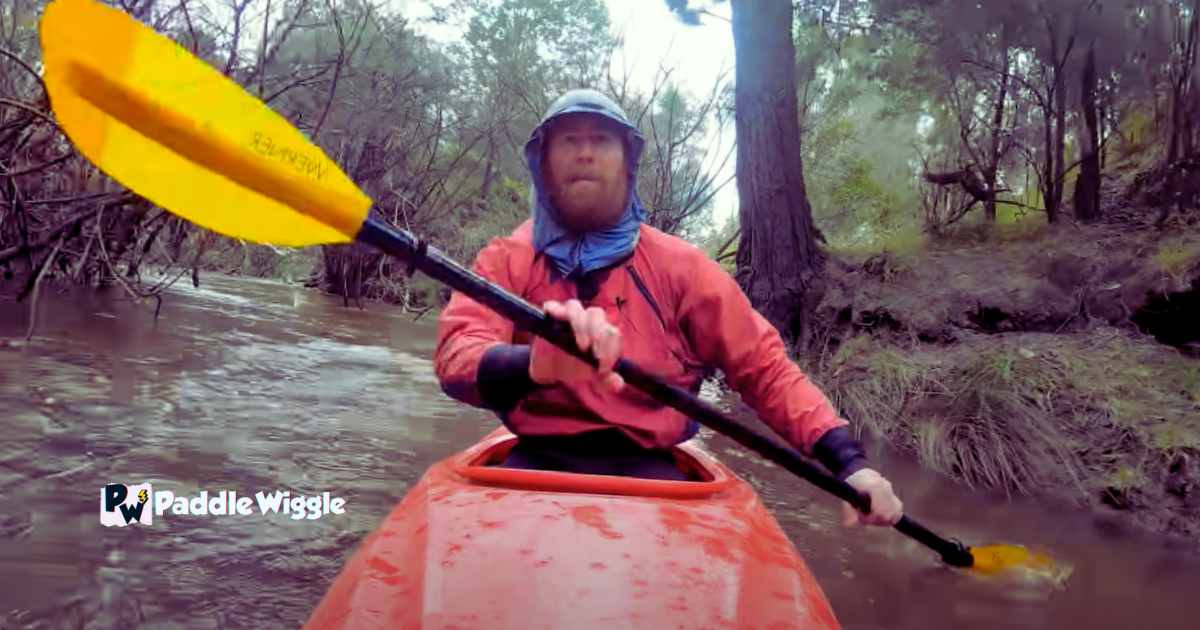

Experienced kayakers can paddle a mile in about 20 minutes, on average. Remember, this is just a guess, and how fast you go can be different depending on a few things. Now, let’s look at how fast most people kayak to cover a mile and what things you should think about.
Recreational Kayaking Speed
For most recreational kayakers, the typical speed ranges from 2.5 to 3 miles per hour. This means that it takes around 20 to 24 minutes to cover a mile at this pace. Recreational kayaks are designed for stability and ease of use, making them suitable for leisurely paddling on calm waters or gentle rivers.
How Physical Fitness And Experience Impact Kayak’s Speed?
Being in better shape and having more experience really affect how quickly you can kayak a mile. Let’s look closer at how these things can make you paddle faster and do better overall.
Physical Fitness
Having good physical fitness can make a real difference. Being physically fit allows you to paddle faster and cover longer distances with less effort. Here’s why:
- Efficiency: If your body is stronger, you can paddle better because you need fewer strokes to move ahead.
- Endurance: If you exercise regularly to get stronger and build up your stamina, you can keep going at a good speed for a long time.
- Weight Management: If you keep your body at a healthy weight, it’s easier on your muscles when you paddle for a long time.
Experience
Experience plays an essential role in kayaking proficiency. Seasoned professionals who have spent years honing their skills tend to have better technique, resulting in increased speed and efficiency on the water. Here’s how experience impacts your kayaking performance:
- Technique: People who’ve been kayaking a lot know how to paddle in a way that makes each stroke count and gives them more power.
- Mind-Muscle Connection: By practicing a lot, experienced paddlers get really good at making their minds and muscles work together so they move in the best way to be efficient.
- Heightened Awareness: Experienced kayakers are more attuned to reading the water conditions, anticipating obstacles, and adjusting their strokes accordingly.
Calculating Kayak Trip Distance
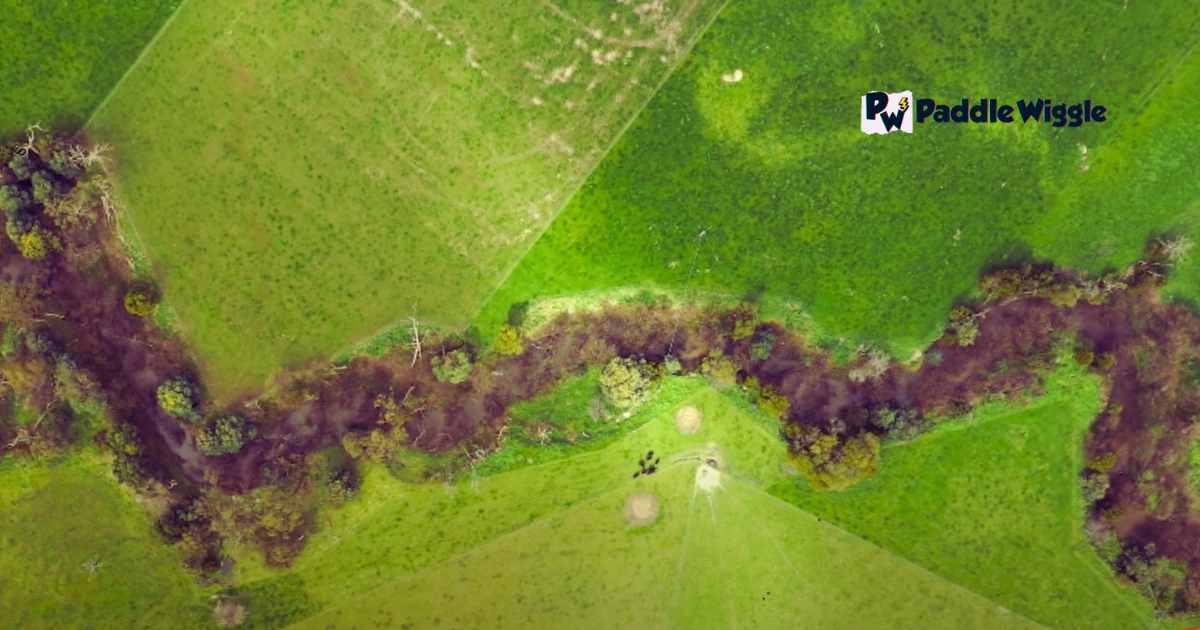

To determine how long it takes to kayak a mile, we need to calculate the distance of our kayak trip accurately. There are a few methods we can use to measure the distance covered during our adventure.
Nautical Charts And GPS Devices
One way to measure the distance of a kayak trip is by using nautical charts or GPS devices. These tools provide detailed maps of water bodies, including rivers, lakes, and oceans. By referencing these charts or using GPS technology, we can determine the exact length of our journey.
Online Mapping Tools
Another helpful tool for calculating distances in kayaking is an online mapping tools by MapOmeter. These tools let us put in certain points on our route and figure out how far apart they are. Whether we’re getting ready for a tour or a fishing trip, online maps can help us guess how much we’ll paddle.
Considering Factors
When estimating the time it takes to kayak a mile, it’s essential to consider factors that may affect our total distance covered. Detours or zigzagging along the waterway can add extra mileage to our trip. Wind and currents can change how fast we paddle and how far we go.
If we think about these things, we can make a better guess about how much time it will take to finish our one-mile kayak trip.
Paddling A Mile In Windy Conditions
When it’s windy, it can take more time to paddle a mile because the wind makes it harder. How long it takes depends on how strong and which way the wind is blowing, how good you are at paddling, and what kind of kayak you have.
On average, it may take around 25-30 minutes or more to kayak a mile in moderate wind, but this can vary widely. Be prepared for a potentially slower and more challenging paddle when dealing with wind.
Here are a few things to consider:
Strong Headwinds: A Kayaker’s Challenge
Paddling a mile in windy conditions can present quite a challenge for kayakers. When faced with strong headwinds, the speed of your kayak can be significantly slowed down, making it harder to cover that distance quickly. The force of the wind pushing against you creates resistance, requiring more effort and time to reach your destination.
Adjusting Your Paddling Technique
Experienced paddlers understand the importance of adjusting their paddling technique when dealing with strong winds. One effective strategy is to use shorter strokes while paddling. By taking shorter but quicker strokes, you can maintain better control over your kayak and reduce the impact of wind resistance. Another technique is altering the angle at which you paddle.
Instead of directly facing the wind, try angling your strokes slightly towards one side. This helps to counteract the crosswinds and keep you on course.
Paying Attention To Weather Forecasts
Before you start your kayaking trip, it’s really important to check the weather forecast. If you know, there might be strong winds on the day you want to go. You can change your route or pick another day to kayak. People who’ve been kayaking for a while know that getting ready for bad weather is important to have a safe and fun time on the water.
The Impact On Paddling Time
When there’s strong wind against you, it will probably take a lot longer to paddle one mile than when there’s no wind or the wind is helping you. Normally, experienced paddlers can do a mile in about 20 minutes when it’s easy, but it can take a lot longer when there’s strong wind pushing against you.
If you’re just having fun or you’re new to kayaking, it might take even longer because you might not paddle as well or have as much energy.
The Role Of Equipment
The kind of kayak you pick can make a difference when it’s windy. A long and skinny kayak is less bothered by the wind compared to a wide recreational kayak. Also, kayaks with pedals that you operate with your feet can be better in the wind because they help you paddle more evenly and steadily.
Final Words
To sum it up, how long it takes to kayak a mile depends on many things. If you’re experienced and want to go fast, it might take about 20 minutes. But if you’re just starting, don’t worry about speed. Instead, enjoy being on the water, the beauty of nature, and getting better at kayaking.
So, whether you’re a pro looking for speed or a beginner taking it easy, remember that kayaking is about more than just going far and fast. It’s about having fun, staying safe, and improving your skills along the way.

